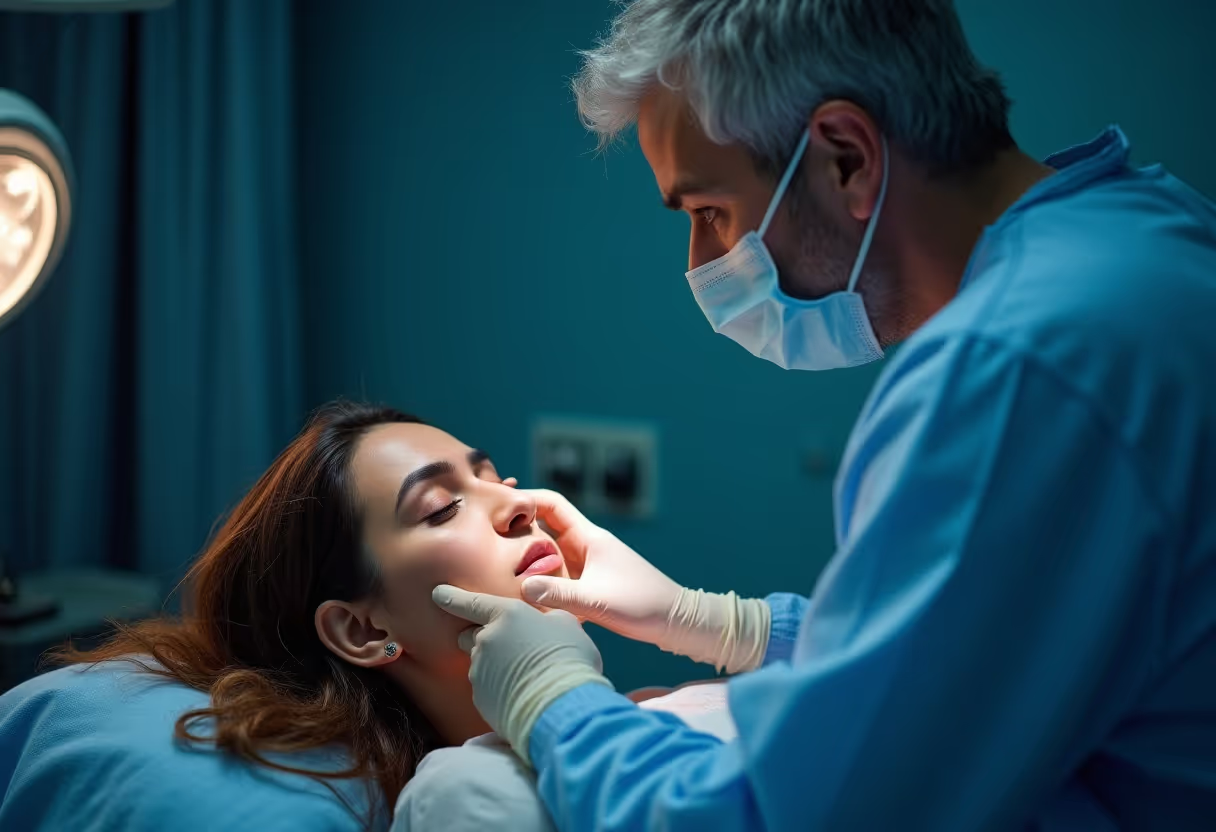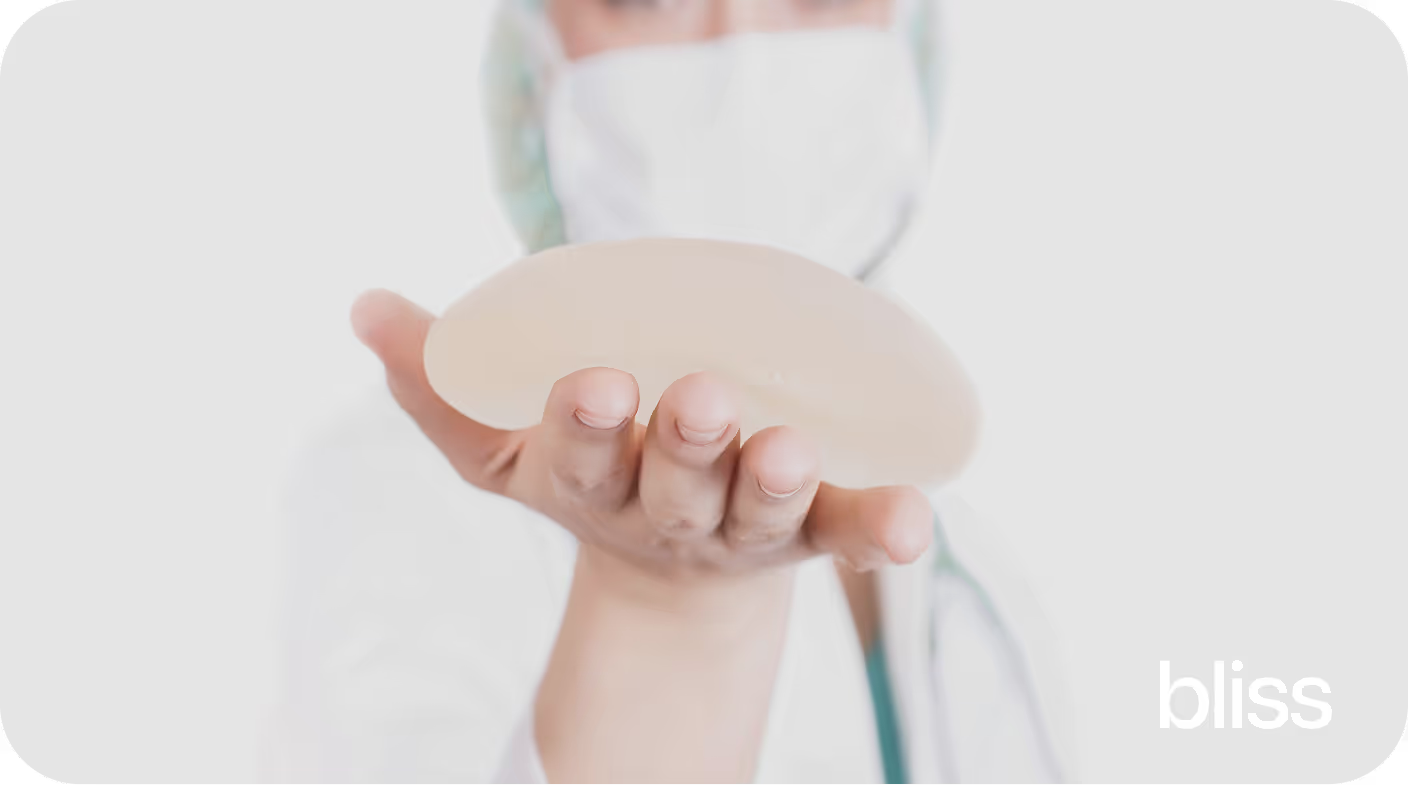Closed vs Open Rhinoplasty: What is the Best Approach for You?

Rhinoplasty is one of the most popular facial surgeries worldwide. While the goals often include reshaping the nose, improving proportions, or correcting breathing difficulties, the way your surgeon performs the procedure can vary.
There are two main types of rhinoplasty: open and closed. Knowing the difference between them can help you feel more confident about which option is right for you. Let’s break them both down…
The Basics: Understanding the Two Rhinoplasty Approaches
When thinking about getting a rhinoplasty, one of the first decisions you must make is whether your surgeon will utilize an open or closed rhinoplasty procedure. Here’s the difference between the two:
Open Rhinoplasty
Open rhinoplasty includes making a small incision on the columella (the strip of skin between the nostrils) so that the surgeon can elevate the skin and see the nasal structure. This method ensures maximal visibility and is particularly useful for complicated reshaping, trauma repair, and revision cases.
Closed Rhinoplasty
Closed rhinoplasty, on the other hand, is performed with incisions hidden inside the nostrils. This prevents any external scars and usually leads to reduced swelling and a faster recovery. It's best suited for minor changes or tip enhancements.
That said, both treatments can address changes in cartilage, bone, and nasal tissue, but the best technique is determined by your anatomy and goals.
Benefits of Closed Rhinoplasty
Closed rhinoplasty, sometimes called endonasal rhinoplasty, is performed through incisions made entirely inside the nostrils. Because there are no external cuts, there’s no visible scarring. Some additional benefits include:
- Reduced Surgical Time: Since incisions are limited to the inside of the nostrils, operating time may be reduced.
- Faster Initial Recovery Period: With less disruption to nasal structures, swelling and bruising often subside more quickly.
- Ideal for Minor to Moderate Reshaping: Best suited for subtle adjustments to nasal shape, tip refinement, or correcting small asymmetries.
Overall, closed rhinoplasty works particularly well for patients who don’t need significant structural changes or who want minimal downtime after surgery.
Benefits of Open Rhinoplasty
Open rhinoplasty involves a small incision along the columella (the strip of skin between the nostrils) in addition to incisions inside the nose. This allows the surgeon to lift the nasal skin and gain direct visibility of the underlying cartilage and bone. Some benefits of open rhinoplasty are:
- Better Visibility During Complex Cases: Lifting the skin offers a clear, unobstructed view of the nasal structure.
- More Precise Structural Changes: Particularly helpful for reshaping the tip, correcting deformities, or performing grafting.
- More Accuracy: Usually preferred for major reshaping, trauma repair or revision surgery. When detailed work is required, open rhinoplasty provides more control and accuracy.
While the open approach requires a slightly longer healing period, the improved precision often leads to more predictable results.
Recovery Differences Between Open and Closed Rhinoplasty
No matter which technique is chosen, rhinoplasty recovery involves some swelling and bruising, especially around the eyes. However, the approach can affect how long recovery takes and what patients experience.
Closed Rhinoplasty
The swelling and bruising typically resolve faster, and patients may return to normal activities within 1 to 2 weeks. Since all stitches are internal, there are no visible scars.
Open Rhinoplasty
The swelling may take longer to resolve, and tip swelling can last several months. External stitches are placed at the columella, but generally heal to a faint, barely noticeable scar. Downtime is usually 2 to 3 weeks before resuming full activities.
Want more in-depth details? We’ve got you covered! Make sure to explore our full guide on Rhinoplasty Recovery.

Factors to Consider When Choosing Your Rhinoplasty Approach
When deciding between open and closed rhinoplasty, several factors come into play.
For starters, the complexity of your desired changes often determines which technique is best, as open rhinoplasty offers more visibility for major reshaping, while closed may suit simpler refinements.
If you need functional improvements, such as correcting breathing issues, your surgeon’s expertise and recommendation are critical. It’s also important to weigh your tolerance for recovery time and scarring.
Which Approach is Best for You?
There is no single "best" strategy for rhinoplasty; each has pros and cons. The best option is determined by your anatomy, goals, and level of comfort throughout recovery. That's why a personalized consultation with a skilled surgeon is essential. They'll direct you to the option that provides the safest, most natural-looking results for you.
Find Out Which Approach Is Best With Bliss
Ready to explore your rhinoplasty options? Open your profile today and take the first step toward your personalized plan with a Matching Expert.
FEATURE OF THE WEEK
Subscribe for cosmetic insights.
Get the latest in aesthetic innovation, support, and self-love straight to your inbox.











Lorem ipsum dolor sit amet, consectetur adipiscing elit. Suspendisse varius enim in eros elementum tristique. Duis cursus, mi quis viverra ornare, eros dolor interdum nulla, ut commodo diam libero vitae erat. Aenean faucibus nibh et justo cursus id rutrum lorem imperdiet. Nunc ut sem vitae risus tristique posuere. uis cursus, mi quis viverra ornare, eros dolor interdum nulla, ut commodo diam libero vitae erat. Aenean faucibus nibh et justo cursus id rutrum lorem imperdiet. Nunc ut sem vitae risus tristique posuere.
DeleteLorem ipsum dolor sit amet, consectetur adipiscing elit. Suspendisse varius enim in eros elementum tristique. Duis cursus, mi quis viverra ornare, eros dolor interdum nulla, ut commodo diam libero vitae erat. Aenean faucibus nibh et justo cursus id rutrum lorem imperdiet. Nunc ut sem vitae risus tristique posuere. uis cursus, mi quis viverra ornare, eros dolor interdum nulla, ut commodo diam libero vitae erat. Aenean faucibus nibh et justo cursus id rutrum lorem imperdiet. Nunc ut sem vitae risus tristique posuere.
Delete